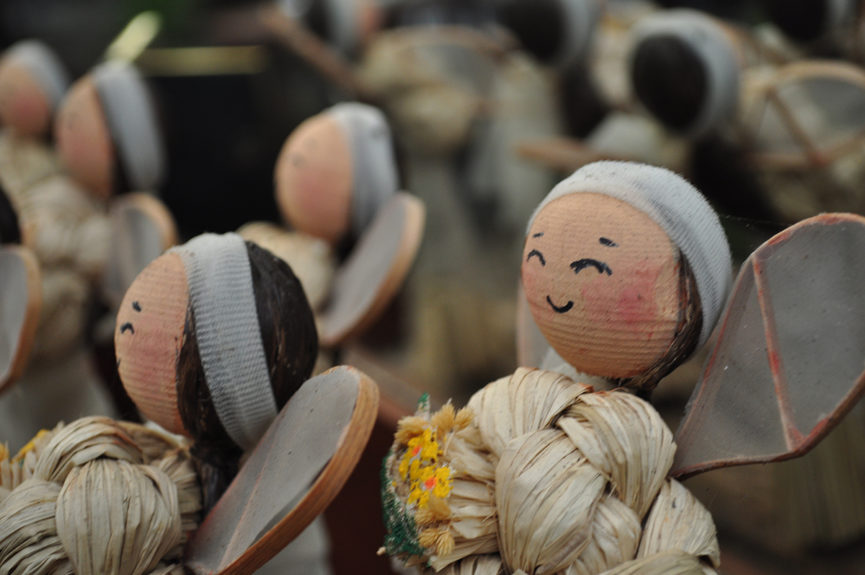Photo from StockVault
With the passage of time comes the inevitability of changes in our culture and habits as people. Old traditions become nonexistent and the practices we know soon dissipate into stories for our children’s homework assignments.
As stewards of the new generation of Filipinos, we are responsible for introducing these practices to our children. Of course, this doesn’t mean that we have to make use of them the exact same way. We can simply incorporate them through small acts in our daily routine.
- Pagmamano
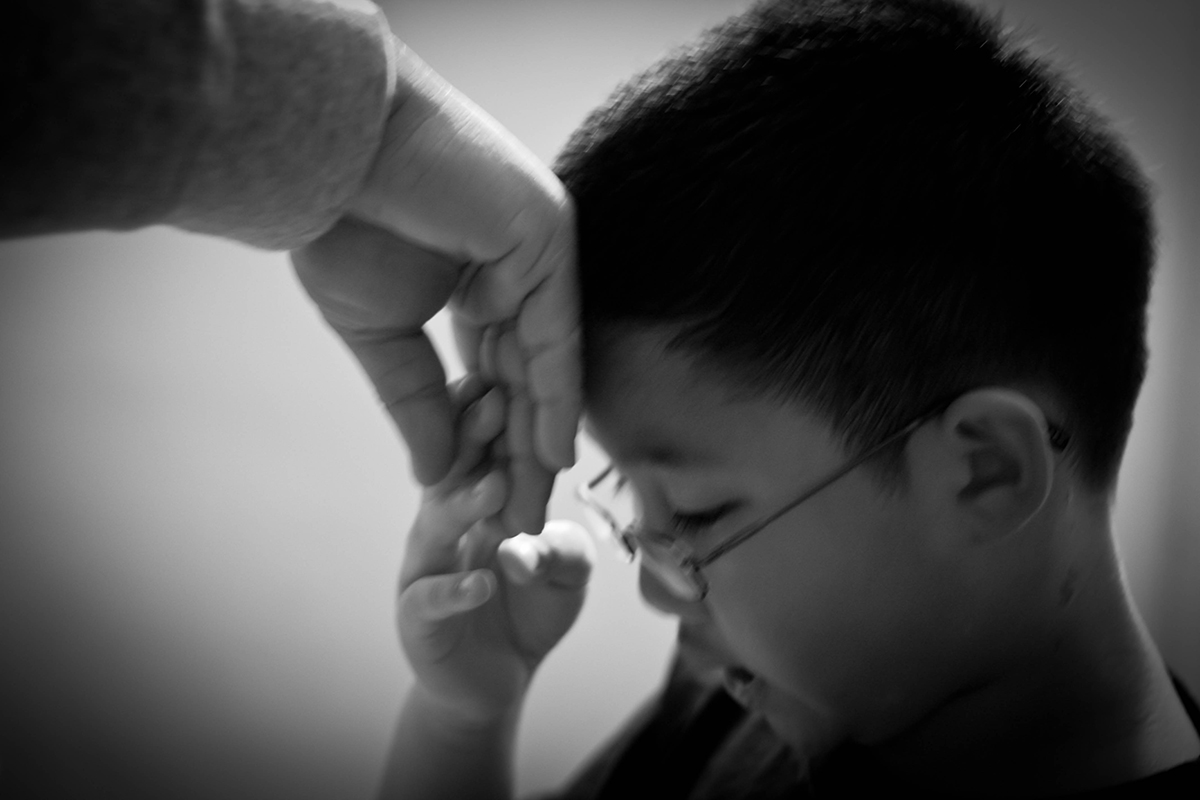
The act of pagmamano, derived from the Spanish word for hands, is done by a child to an elder as a sign of greeting and respect. It is done by taking the elder’s hand and pressing it to the forehead. Nowadays, children are more used to giving cheek kisses to their elders. And while this is a lovely sign of affection, occasional acts of mano are a sure way to warm the hearts of the Filipino elderly.
Teach your children how to mano so they can do this on the next family visit.
- Courtship/Panliligaw
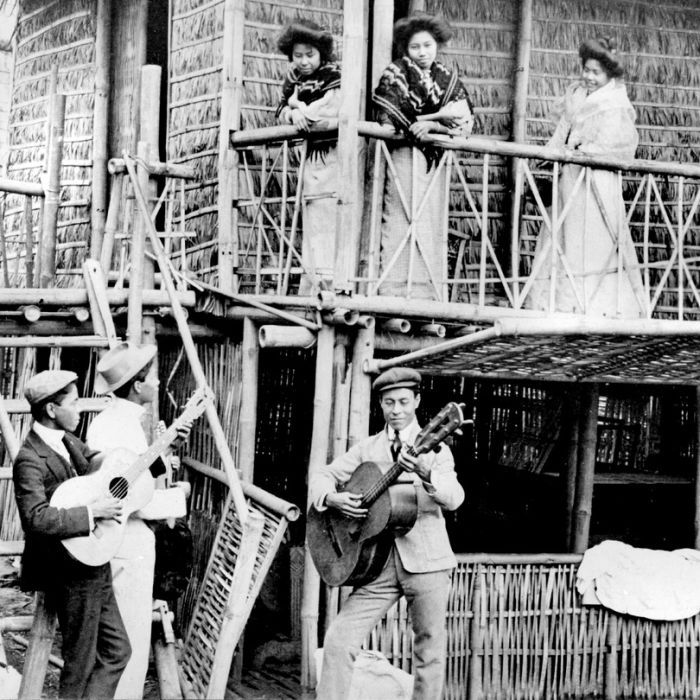
Filipino courtship is done in a very particular way, with traditions of harana, paninilbihan, and talking through the Filipina’s windows at night. While these are things that are difficult to do in today’s urban cities, panliligaw can be done in a number of ways depending on your own expressions of love.
Beyond the desire to gain a woman’s approval, one lesson we can gain from panliligaw is that service and tenderness should be done out of love, not just to gain one’s love. Such acts of kindness and service do not have to be limited to the time one seeks to gain another’s love, but during the lifetime when one’s love has been won. Set an example to your children by teaching them the value of panliligaw. Be kinder and gentler to your friends and loved ones. Put the mindset of panliligaw in your actions, and try to think of them first in the things that you do.
- Kamayan and salu-salo
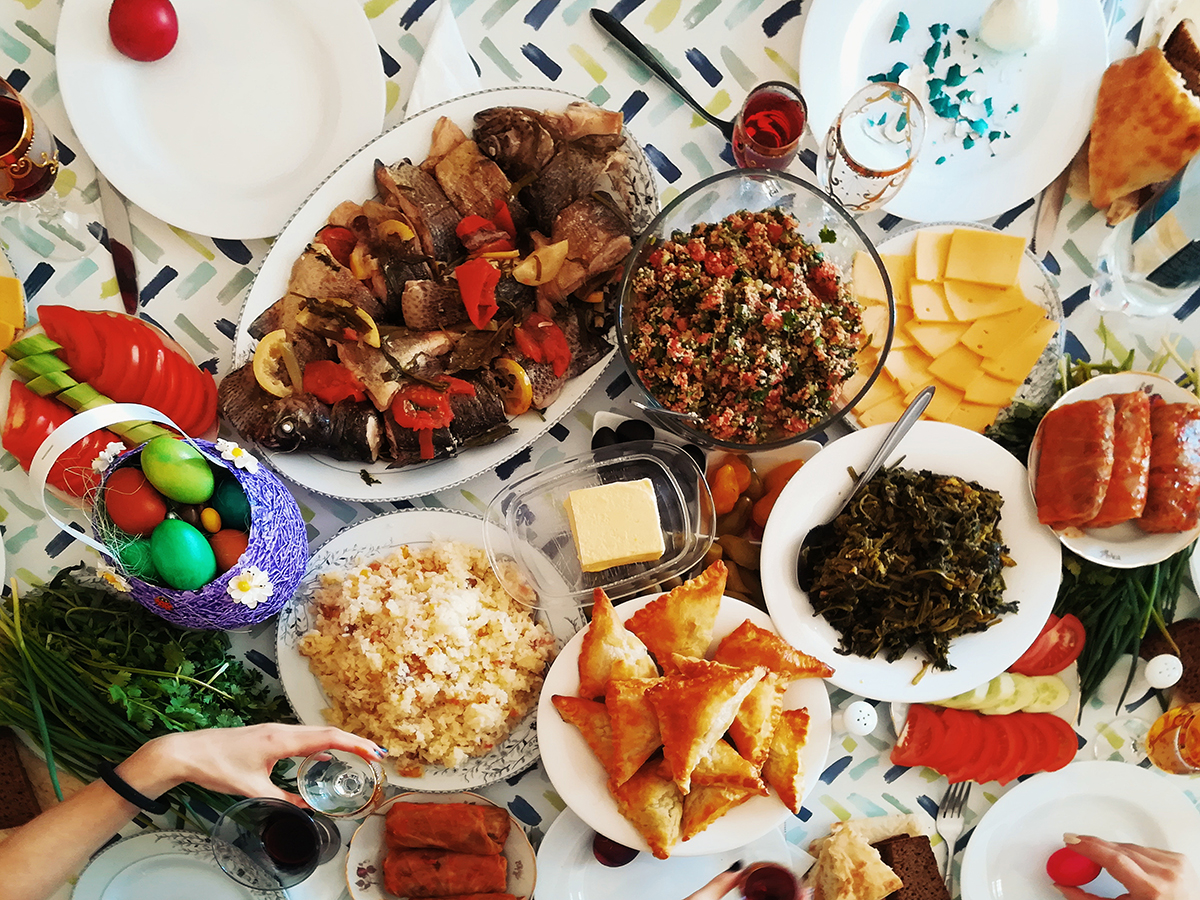
Certain dishes are best eaten without utensils. Many Filipinos throughout the country have perfected the art of using their hands to eat rice. When serving dishes like galunggong, salinas, or tuyo, together with ensaladang talong, itlog na maalat, and kamatis, take the time to teach your children on how to properly eat with their hands.
The idea behind salu-salo can range from friends casually bringing their own food together to share with each other over a meal on a typical day, to a simple party where people fellowship over food to celebrate a birthday, a homecoming, a success, or any occasion. Although the idea of a food party everyday may not be practical, carry the spirit of the salu-salo by eating with your children as much as you can. Eating together will surely strengthen your bond as a family. Then spread the fun by having your relatives, neighbors, friends, or even workmates enjoy your company over a meal.
- Bayanihan
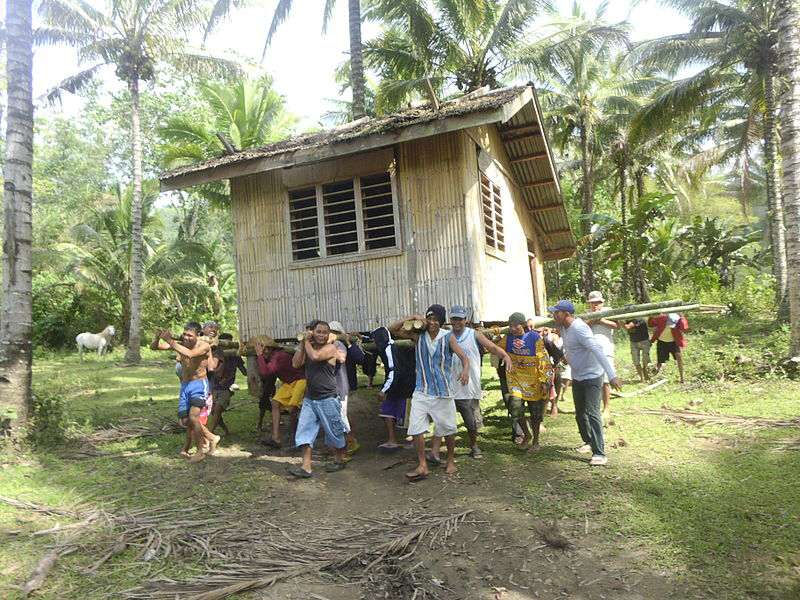
The concept of bayanihan originated from the province, where houses were light and transferrable from place to place, and neighbors worked together to help transport homes to a different location when it was needed. While the concrete jungle that is Metro Manila won’t let you carry your homes between cities, it’s still possible to live the spirit of bayanihan through your neighbors. Open your homes to your community members. Teach your kids to do the same to their friends and peers. Set an example and show them that emotional vulnerability is not a weakness and that extending a hand is a form of gentle strength.
The 21st century is an age of distrust between people. And while security is important, it’s equally important to give people a chance. Who knows? They may end up becoming an indispensable part of your life.
- Pakikipagkapwa
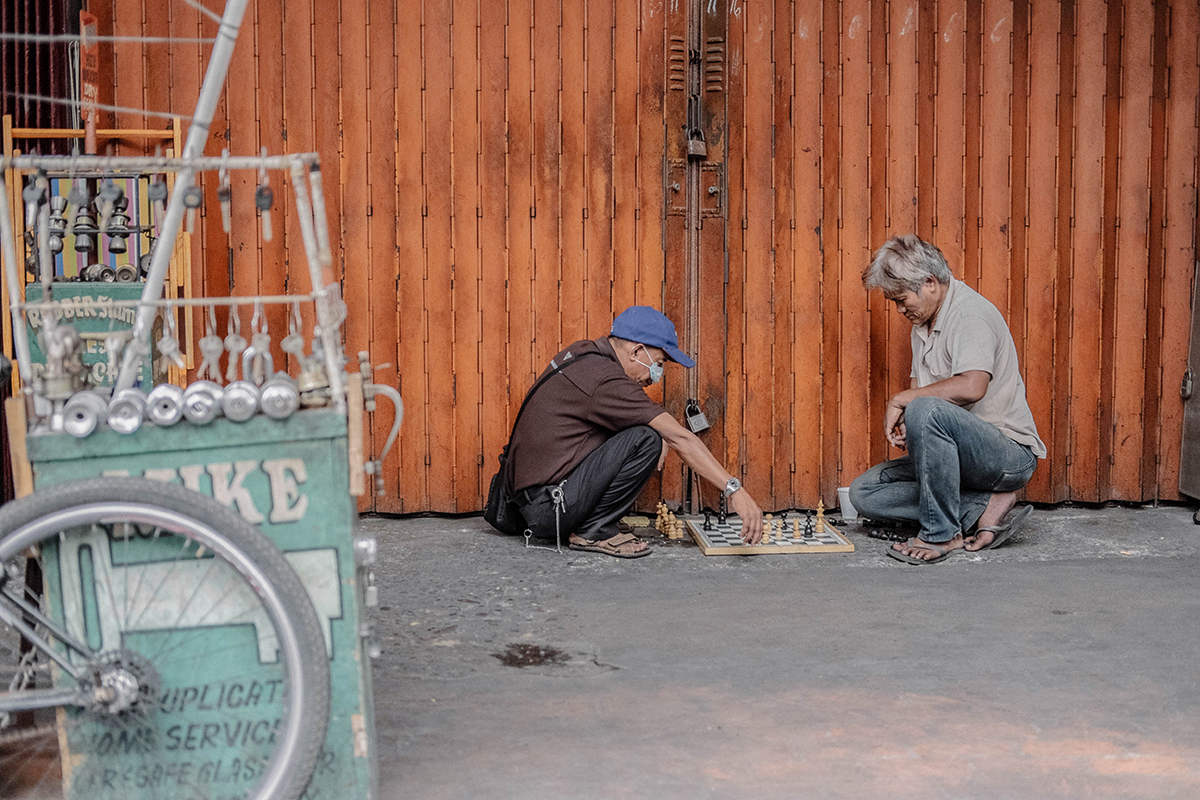
A concept that ties all of these together is the idea of pakikipagkapwa. More than a practice, pakikipagkapwa is a mentality that ties Filipinos together. We help each other out in times of need, are welcoming to our friends and relatives, and are hospitable to outsiders.
Times are changing fast, and with it, the way we interact with people. We communicate differently, see the world differently, and see ourselves differently too. As Filipinos, as humans who are all just trying to live our lives the best we can, let us not forget to always welcome another’s pain, be generous with our kindness, and to share what little happiness we have in our hearts.

Patricia Li is a frequent contributor to Familywise Asia and Workwise Asia. She loves to read and write, and tries to incorporate this in her career.
Related Posts
-
Teaching Kids to Handle Their Allowance Properly
To keep our children from being drawn into the culture of consumerism, we can start…
-
Help! My Child Can’t Speak Filipino
Don't let your children miss out on the beauty of our own language. Teach them…
-
Six Good Study Habits for Your Kids
Help your kids learn better by teaching them good study habits.

